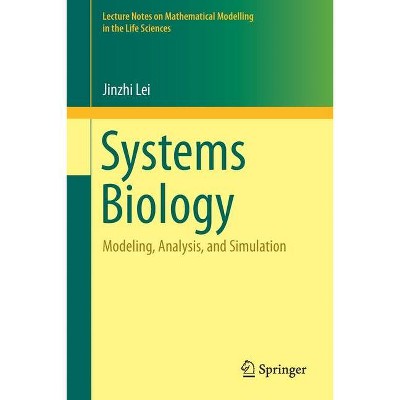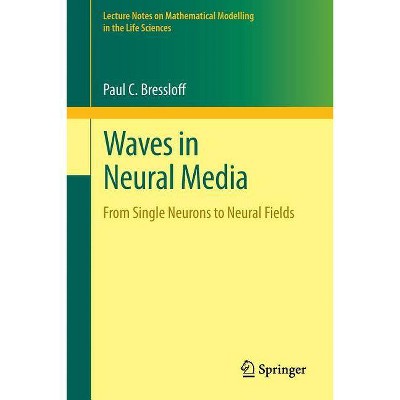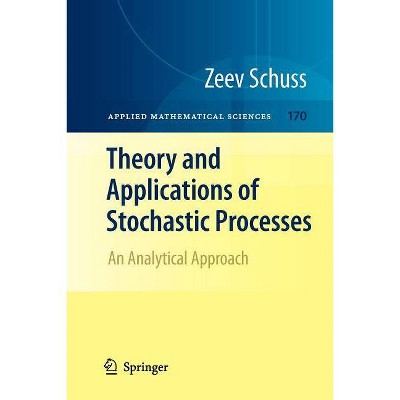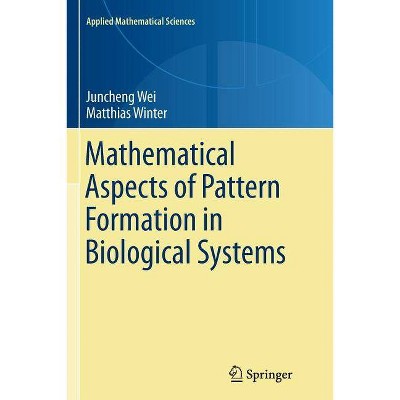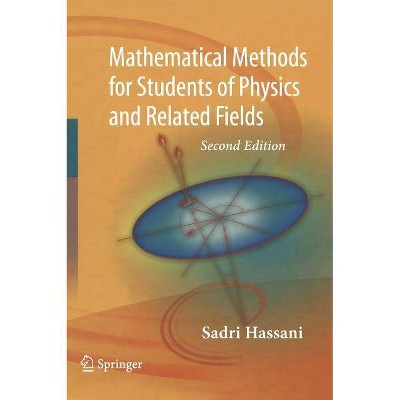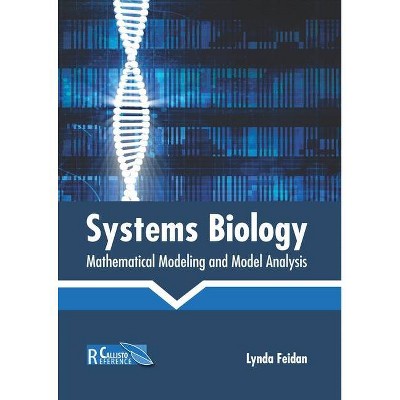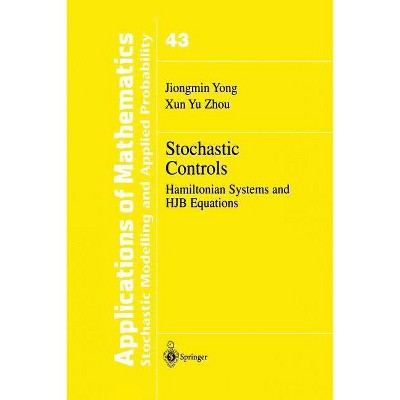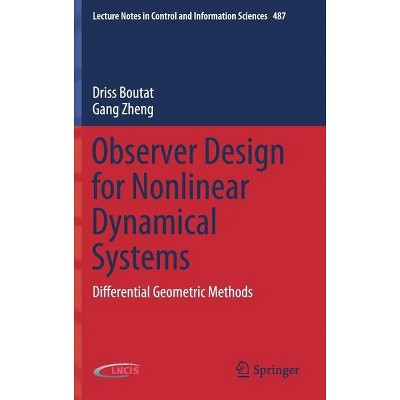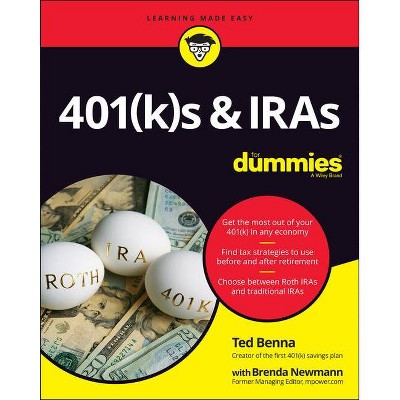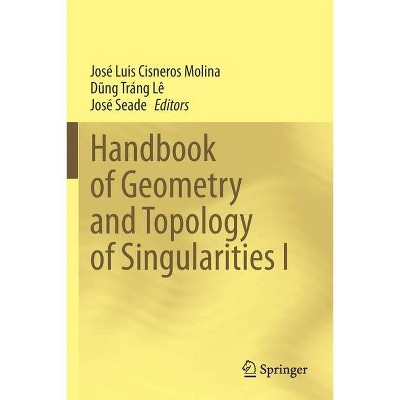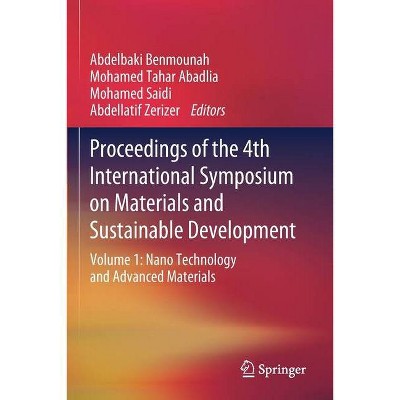Stochastic Chemical Reaction Systems in Biology - (Lecture Notes on Mathematical Modelling in the Life Sciences) by Hong Qian & Hao Ge (Paperback)

Similar Products
Products of same category from the store
AllProduct info
<p/><br></br><p><b> Book Synopsis </b></p></br></br><p>This book provides an introduction to the analysis of stochastic dynamic models in biology and medicine. The main aim is to offer a coherent set of probabilistic techniques and mathematical tools which can be used for the simulation and analysis of various biological phenomena. These tools are illustrated on a number of examples. For each example, the biological background is described, and mathematical models are developed following a unified set of principles. These models are then analyzed and, finally, the biological implications of the mathematical results are interpreted. The biological topics covered include gene expression, biochemistry, cellular regulation, and cancer biology. The book will be accessible to graduate students who have a strong background in differential equations, the theory of nonlinear dynamical systems, Markovian stochastic processes, and both discrete and continuous state spaces, and who are familiar with the basic concepts of probability theory.</p><br><p/><br></br><p><b> From the Back Cover </b></p></br></br>This book provides an introduction to the analysis of stochastic dynamic models in biology and medicine. The main aim is to offer a coherent set of probabilistic techniques and mathematical tools which can be used for the simulation and analysis of various biological phenomena. These tools are illustrated on a number of examples. For each example, the biological background is described, and mathematical models are developed following a unified set of principles. These models are then analyzed and, finally, the biological implications of the mathematical results are interpreted. The biological topics covered include gene expression, biochemistry, cellular regulation, and cancer biology. The book will be accessible to graduate students who have a strong background in differential equations, the theory of nonlinear dynamical systems, Markovian stochastic processes, and both discrete and continuous state spaces, and who are familiar with the basic concepts of probability theory.<p/><br></br><p><b> About the Author </b></p></br></br><b>Hong Qian</b> is the Olga Jung Wan Endowed Professor of Applied Mathematics at the University of Washington, Seattle, USA. He received his B.A. in Astrophysics from Peking University, his Ph.D. in Biochemistry from Washington University in St. Louis, and worked as postdoctoral researcher in biophysical chemistry and mathematical biology at the University of Oregon and the California Institute of Technology. He was elected Fellow of the American Physical Society in 2010. Professor Qian's current research focuses on mathematical representations and the physical understanding of biological systems, especially in terms of stochastic mathematics and nonequilibrium statistical physics.<p><b>Hao Ge</b> is an Associate Professor at the Beijing International Center for Mathematical Research and the Biomedical Pioneering Innovation Center of Peking University, Beijing, China. He received both his B.A. and Ph.D. in Probability and Statistics from Peking University, and worked as lecturer and associate professor at Fudan University from 2008 to 2011. He was a visiting scholar in the Department of Chemistry and Chemical Biology at Harvard University during 2010-2011. Professor Ge's main research interest is in the stochastic mathematics of nonequilibrium biophysics, biomathematics and biostatistics.</p>
Price History
Price Archive shows prices from various stores, lets you see history and find the cheapest. There is no actual sale on the website. For all support, inquiry and suggestion messagescommunication@pricearchive.us
